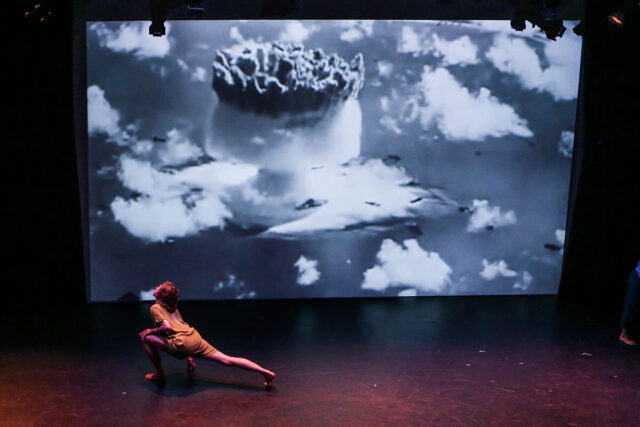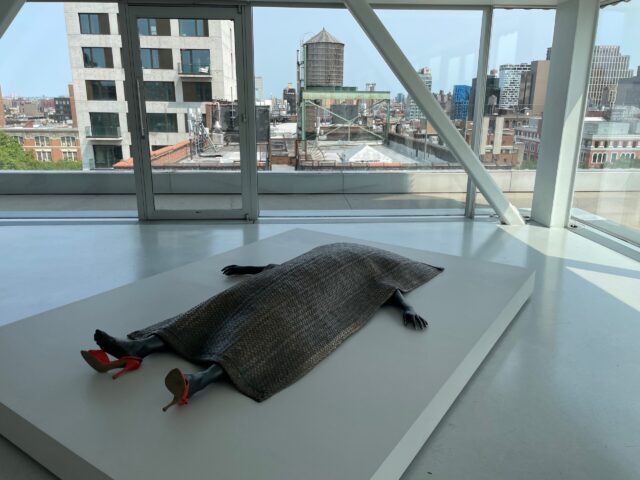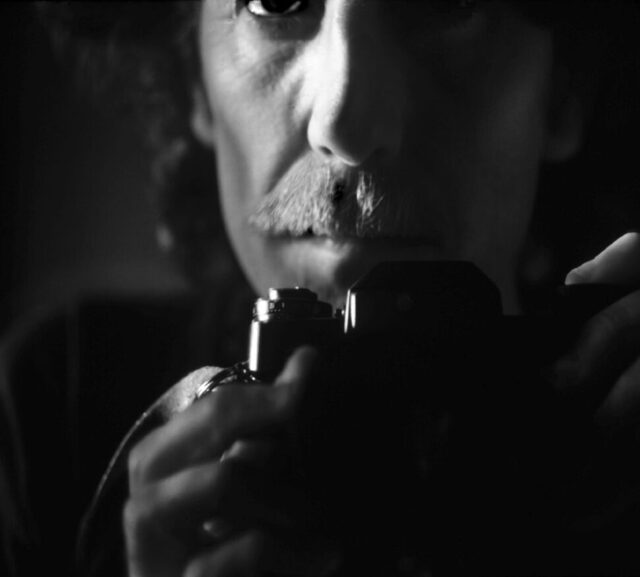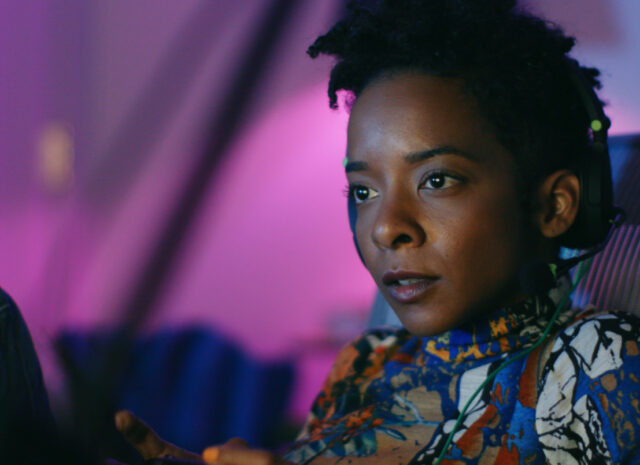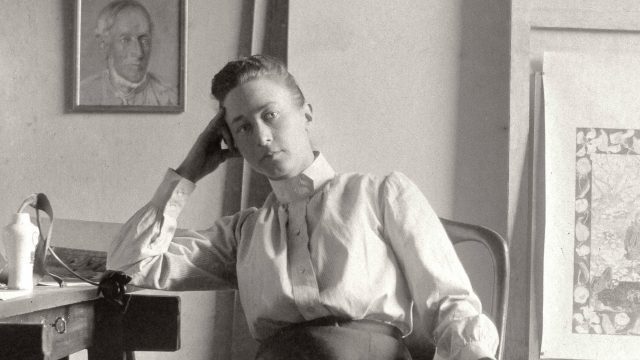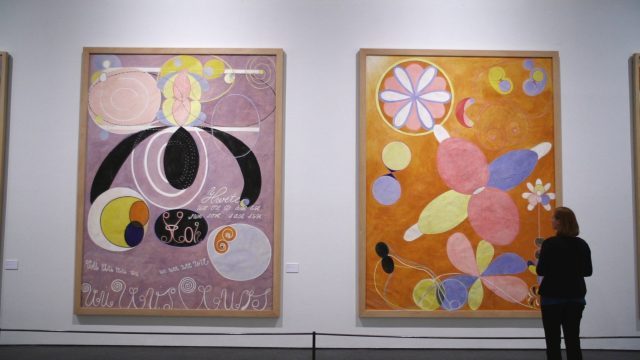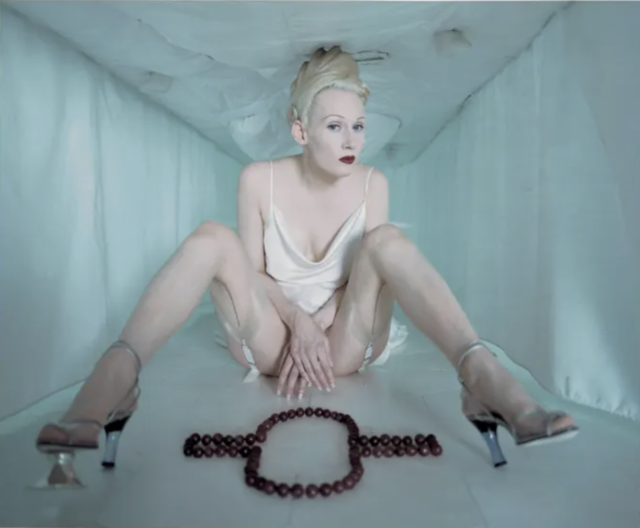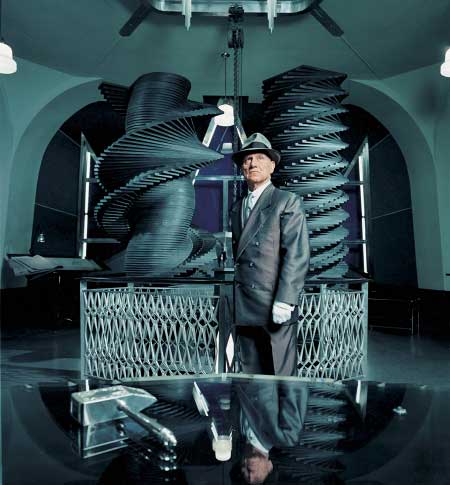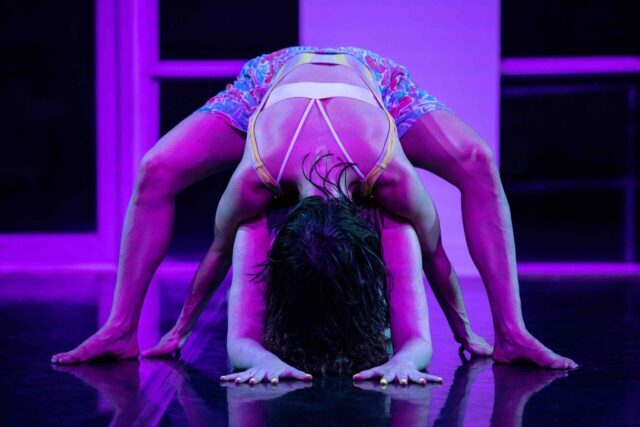
Molly Lieber and Eleanor Smith will present Zero Station at R2R 2023 (photo courtesy LMCC)
RIVER TO RIVER FESTIVAL
Multiple downtown venues
June 9-18, free
Some events require advance RSVP beginning June 1 at noon
lmcc.net/river-to-river
The twenty-second annual River to River Festival runs June 9-18, ten days of cutting-edge art, dance, music, tours, and participatory events at such locations as the Seaport, the Clemente, Governors Island, and Battery Park City. Everything is free, although advance RSVP is recommended or required for several happenings; tickets are available beginning June 1 at noon.
This year’s festival is also a celebration of the fiftieth anniversary of the Lower Manhattan Cultural Council (LMCC), the sponsoring organization that has been a resource for independent artists since 1973; many alumni are involved in R2R 2023 to honor that milestone.
This year’s lineup includes Molly Lieber and Eleanor Smith continuing their exploration of hypersexualization, trauma, and othering in Zero Station. Antonio Ramos and the Gangbangers stage the dance-theater ceremony CEREMONIA, focusing on cultural misappropriation and reappropriation. Seventeen artists will share one-on-one encounters through a lottery in Lotto Royale. Scholar and historian Linda Jacobs will lead walking tours of Little Syria on Washington St. And Guinean musician and activist Natu Camara will close things out with a grand finale concert in Rockefeller Park.
Tickets are sure to go fast, so don’t hesitate if you want to catch any of these unique and special presentations. Below is the full schedule.
Friday, June 9
through
Friday, June 30
Exhibition: “El Camino: Stories of Migration,” by Nuevayorkinos, Fulton Market building windows at the Seaport, opening June 9 at 4:00
Saturday, June 10
and
Sunday, June 11, 11:00 am – 5:00 pm
Participatory Tape Installation: Mahicantuck, “River that flows two ways,” by Marta Blair, Belvedere Plaza, Battery Park City
Saturday, June 10
and
Sunday, June 11, 1:00 – 6:00
Performance Lottery: Lotto Royale, one-on-one encounters with luciana achugar, Lauren Bakst, Amelia Bande, Raha Behnam, mayfield brooks, Moriah Evans, Julia Gladstone, Nile Harris, Niall Jones, Jennifer Monson, Elliot Reed, Alex Rodabaugh, nibia pastrana santiago, Keioui Keijaun Thomas, ms. z tye, Mariana Valencia, and Anh Vo, RSVP required
Saturday, June 10
through
Sunday, June 18
Studio Residency and Public Program: Archive Barchive, by AUNTS, with talks, performances, toasts, and other gatherings, Studio A4, the Arts Center at Governors Island

Marta Blair invites the community to participate in River to River installation (photo courtesy Marta Blair)
Sunday, June 11, 11:00 am
Tuesday, June 13, 11:00 am
Thursday, June 15, 11:00 am
and
Saturday, June 17, 3:00
Walking Tours: Little Syria, New York: Walking Tours of Washington Street, with Linda Jacobs of the Washington Street Historical Society, Washington St. & Battery Pl., RSVP recommended
Monday, June 12, 7:30
Performance: Zero Station, by Molly Lieber and Eleanor Smith, Flamboyan Theater, the Clemente, RSVP recommended
Thursday, June 15, 7:00
Performance: CEREMONIA, by Antonio Ramos and the Gangbangers, La Plaza, the Clemente, RSVP required
Friday, June 16, 4:00
Performance: Talk to Me About Water, by Amelia Winger-Bearskin, Lower Gallery, the Arts Center at Governors Island, 110 Andes Rd., RSVP required
Friday, June 16, 7:00
Performance: duel c, by Andros Zins-Browne, Outlook Hill, Governors Island, RSVP required
Saturday, June 17, noon – 6:00
Open Residency: LMCC’s Workspace Open Studios, 101 Greenwich St., RSVP recommended
Saturday, June 17, 4:00
Poetry in the Park: al Qalam: Poetry in the Park featuring New York Arabic Orchestra, with Hani Bawardi and Rita Zihenni, the Battery Labyrinth
Saturday, June 17, 6:30
Performance: River to River 2023 Closing Concert with Natu Camara, Rockefeller Park, Battery Park City
